Names of note
Their names are etched on our home’s performance spaces, and their towering contributions to Queensland Theatre live in our memories. We look back at the late, celebrated theatre-makers Bille Brown and Diane Cilento, and how each of them began their associations with the Company.

Diane Cilento
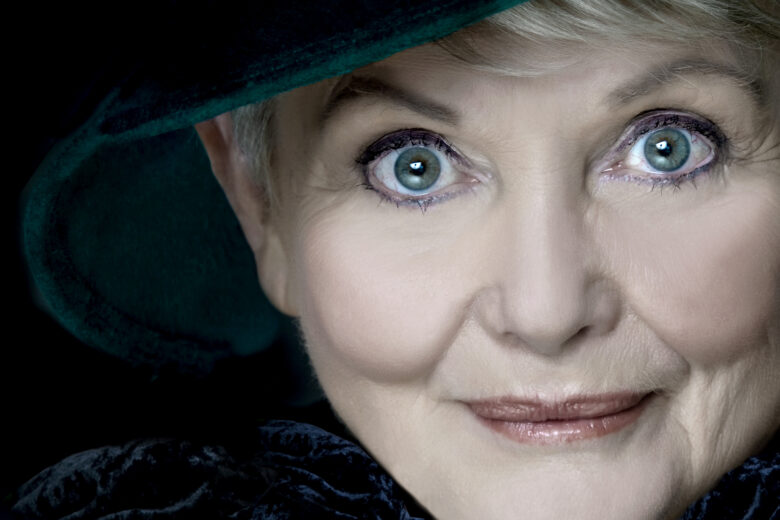
Born in 1932, the free-spirited Diane Cilento was the child of two of Queensland’s foremost medical minds of the day: Sir Raphael and Lady Phyllis Cilento. She grew up in Annerley in Brisbane’s inner-north, with the family spending idyllic holidays in their weather-beaten Queenslander in Mooloolaba. Diane’s penchant for theatricality manifested itself in an obsession with playing dress-ups as a five-year-old, and it set her on the path towards becoming one of the state’s best-known and well-regarded artists and mentors. Diane was schooled in Toowoomba and later in New York, where her father was living, working with the United Nations aiding refugees in the aftermath of World War II. Diane won a scholarship to London’s Royal Academy of Dramatic Art and moved to Britain in the early 1950s to pursue her dream of a life on the stage.
Her first leading role in a film was in the 1955 British film Passage Home as a governess, the sole woman on a cargo ship from South America to London. That same year she won a Tony nomination for her portrayal of Helen of Troy on Broadway in Jean Giradoux's Tiger at the Gates. She carved out a successful film career in the decades to follow, making more than 30 movies, with an Oscar nomination for the comedy Tom Jones. She married James Bond actor Sean Connery in 1962, and they had a son, Jason, the following year. In 1973 she starred as schoolteacher Miss Rose in folk-horror film The Wicker Man, where she met screenwriter Anthony Shaffer. By 1975, Diane had divorced from Connery, and she and Shaffer settled in Queensland, where she first took to the stage with Queensland Theatre Company (QTC) in William Shakespeare’s The Taming of the Shrew, as the feisty Katherina.
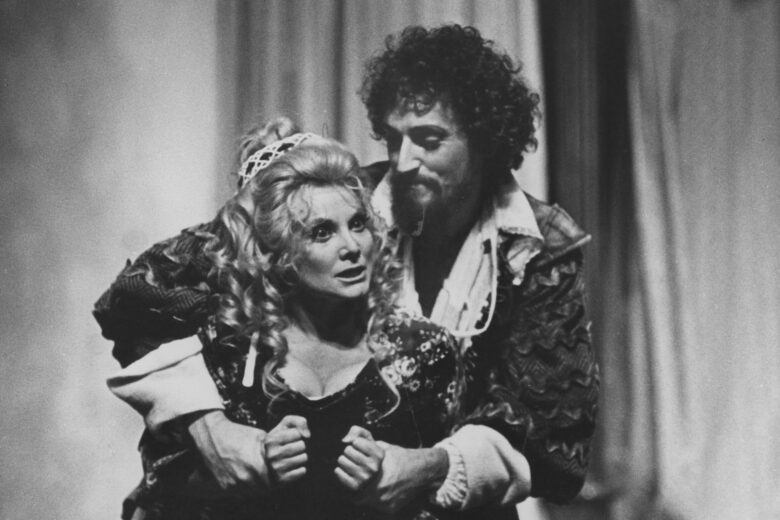
It was the first of only two collaborations with the Company — the other being Anton Chekhov’s The Cherry Orchard in 1991 — but she left an indelible impact on the Queensland arts scene. The Company also staged Shaffer’s play Sleuth in 1978.
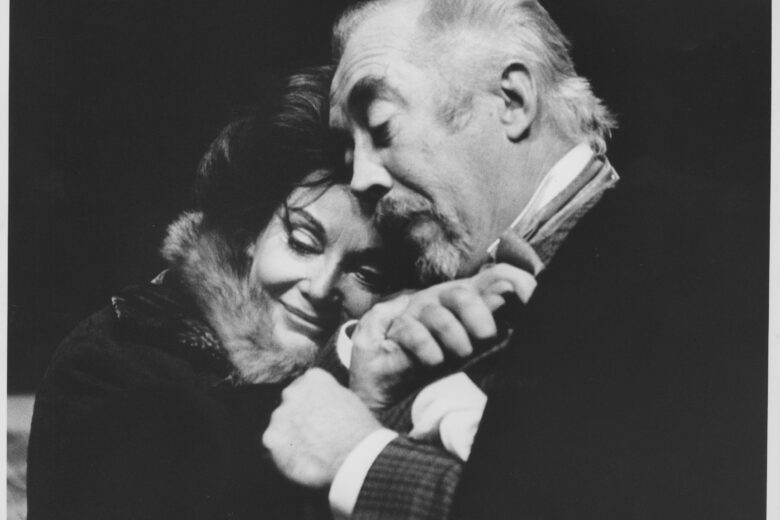
Diane and Shaffer built a home together in Mossman, north of Cairns, where on the edge of the Daintree rainforest, they also built the Karnak Playhouse, an outdoor amphitheatre. The pair married in 1985. At Karnak, Diane forged her own path by staging experimental works and mentoring young actors who had made the pilgrimage north, including a young Bille Brown, whom she urged to follow in her footsteps and work in London, and future QTC Artistic Director Michael Gow.
Diane was a vivacious entertainer both on and off the stage until the end of her life, at the age of 79 in October 2011.
Bille Brown
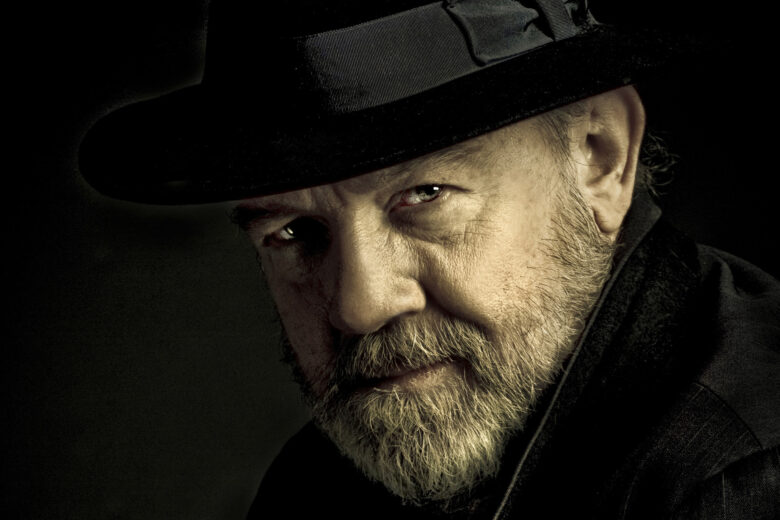
Bille, affectionately known as “The Boy from Biloela”, was born in 1952 and grew up in country Queensland in the 1950s and 60s. As a child he was “freckled, shy and a bit of a clown”, and among his first jobs was dispensing popcorn, tearing tickets and showing patrons to their canvas seats at the town’s Broadway Picture Theatre. Spurred by his high school teachers, Bille followed the lure of the flickering projector, studying acting at the University of Queensland. He won his first role with Queensland Theatre Company in 1971, alongside his lifelong friend Geoffrey Rush. Both were cast in Nicholas Stuart Gray’s fairytale fantasy play The Wrong Side of the Moon at the SQIO Theatre on Turbot Street, with Bille playing the role of Tomlyn, the witch’s cat.
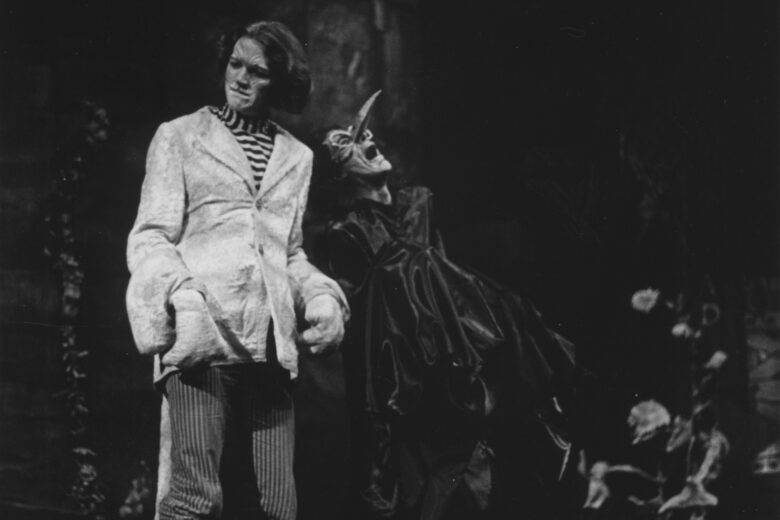
After quickly becoming a Brisbane audience favourite, Bille’s career led him to London in the 1980s, at the urging of a recently-returned fellow Queenslander, Diane Cilento. Bille joined the Royal Shakespeare Company (RSC), and by 1981 he was commissioned to write the musical The Swan Down Gloves, in which he also performed. Bille continued to work in the West End, across Europe, and on Broadway, befriending Monty Python’s John Cleese, who cast him in the 1997 film Fierce Creatures, Bille’s big-screen debut
Bille settled back in Brisbane in 1996, and worked with almost every leading theatre company in the nation over his career, as well as teaching masterclasses as an Adjunct Professor at his alma mater, the University of Queensland. He reunited with old friend Rush in 1998 to open the brand-new Queensland Performing Arts Centre Playhouse, playing Count Almaviva in Neil Armfield’s production of The Marriage of Figaro.
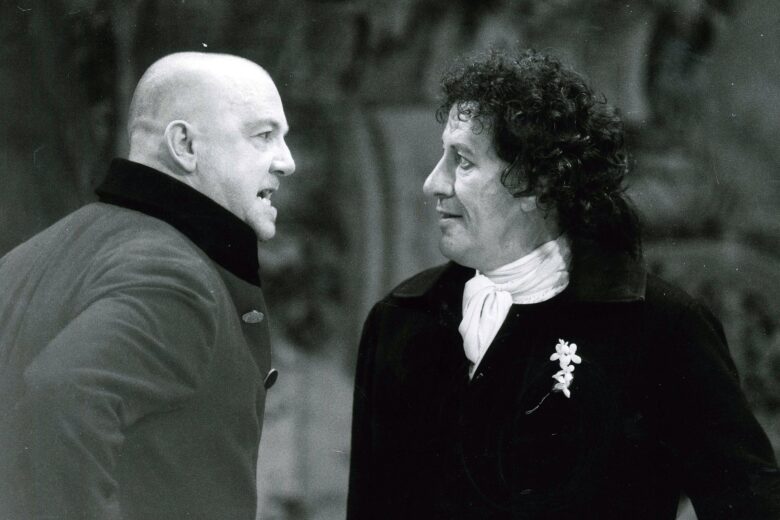
In 2009, Bille wrote and starred in The School of Arts for Queensland Theatre Company, the story of wandering actors touring country towns and performing Shakespeare under corrugated iron roofs and on the backs of trucks in the 1960s.
After being cast by in 29 Queensland Theatre Company productions, and producing four of his own, Bille sadly died suddenly from bowel cancer in January 2013, two days after his 61st birthday. He had kept his illness to himself, appearing in The Histrionic in 2012 with Malthouse Theatre and the Sydney Theatre Company, while undergoing chemotherapy.
In a 2009 interview, he said: "Despite the supposed glamour and excitement of life in the theatre, it is not as lucrative as some suppose, so I will have to work right up to the hour of my death."